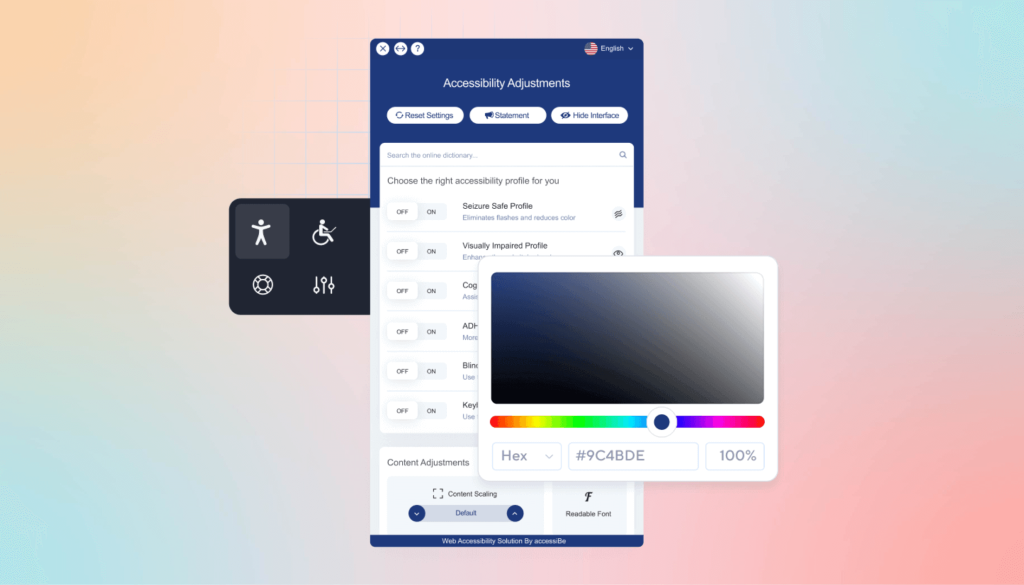How Our Widget Can Help Your Business Achieve ADA Compliance in 48 Hours
ADA compliance, or compliance with the Americans with Disabilities Act, is a critical consideration for any business or organization that serves the public. However, there are several common misconceptions about what it means to be compliant and how to achieve it.
One common misconception is that compliance is only necessary for physical accessibility. While the ADA does require businesses and organizations to make their buildings and facilities accessible to people with disabilities, it also requires them to make their websites and digital services accessible. This includes ensuring that all content is available to assistive technology, such as screen readers, and that the website can be navigated using keyboard controls.
Another misconception is that compliance is only required for new construction and renovations. In fact, the ADA applies to all existing buildings and facilities, regardless of when they were built or last renovated. This means that businesses and organizations must take steps to make existing buildings and facilities accessible, even if they were built before the ADA was passed in 1990.
A third misconception is that compliance is optional or voluntary. ADA compliance is not optional. It is a federal law that applies to all businesses and organizations that serve the public. Failure to comply can result in legal action, fines, and negative publicity.
To avoid these misconceptions, it is important to consult with an ADA compliance expert who can help you understand the requirements of the law and how to meet them. Additionally, it’s important to conduct regular accessibility audits, updating website and digital services to be compliant and making physical locations accessible as much as possible. It’s also important to provide training for your employees to ensure that they understand the importance of ADA compliance and how to provide equal access to all customers.
In summary, ADA compliance is a critical consideration for any business or organization that serves the public. Misconceptions about what it means to be compliant and how to achieve it can lead to non-compliance. By understanding the requirements of the law and taking steps to meet them, businesses and organizations can ensure that they are providing equal access to all customers and avoiding legal action.




